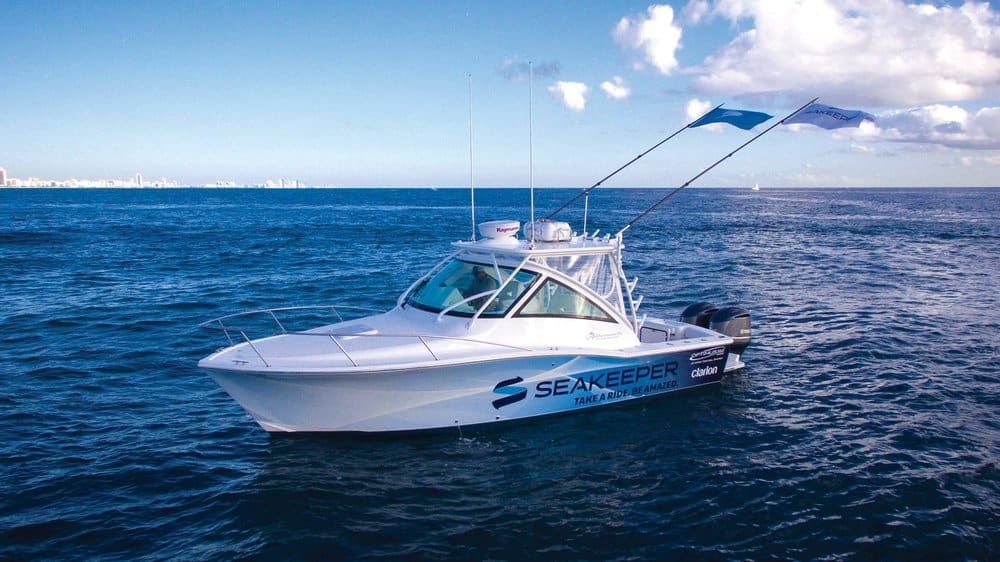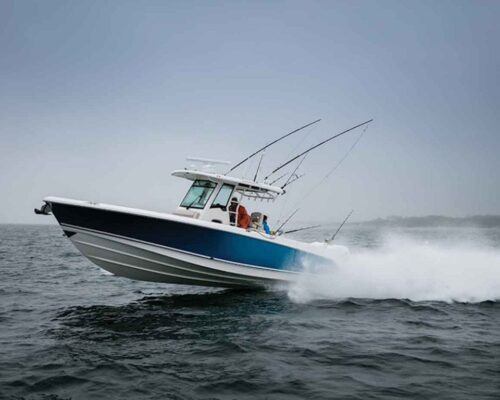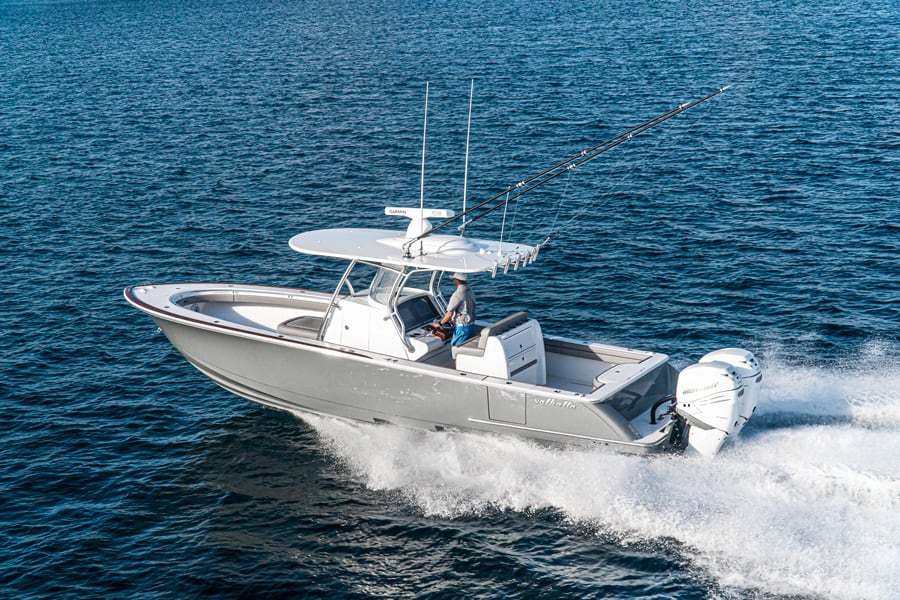How a Chesapeake-born vision has stabilized the boating experience.
Spinning a top is fascinating because the toy’s behavior is so counterintuitive that it appears to be magic. At rest, it falls over on its side. But spun up, it stands in defiance of gravity. A bicycle with its rider pedaling works the same way, and a spinning toy gyroscope can do even more tricks, like suspending itself at a right angle from a string holding up its base.
What in Heaven’s name is going on here? It comes down to Newtonian physics and opposing vectors—the conservation of angular momentum working against the force of Earth’s gravity. When things rotate around an axis they develop angular velocity, which creates torque-induced precession that resists changes in the gyro’s orientaton.
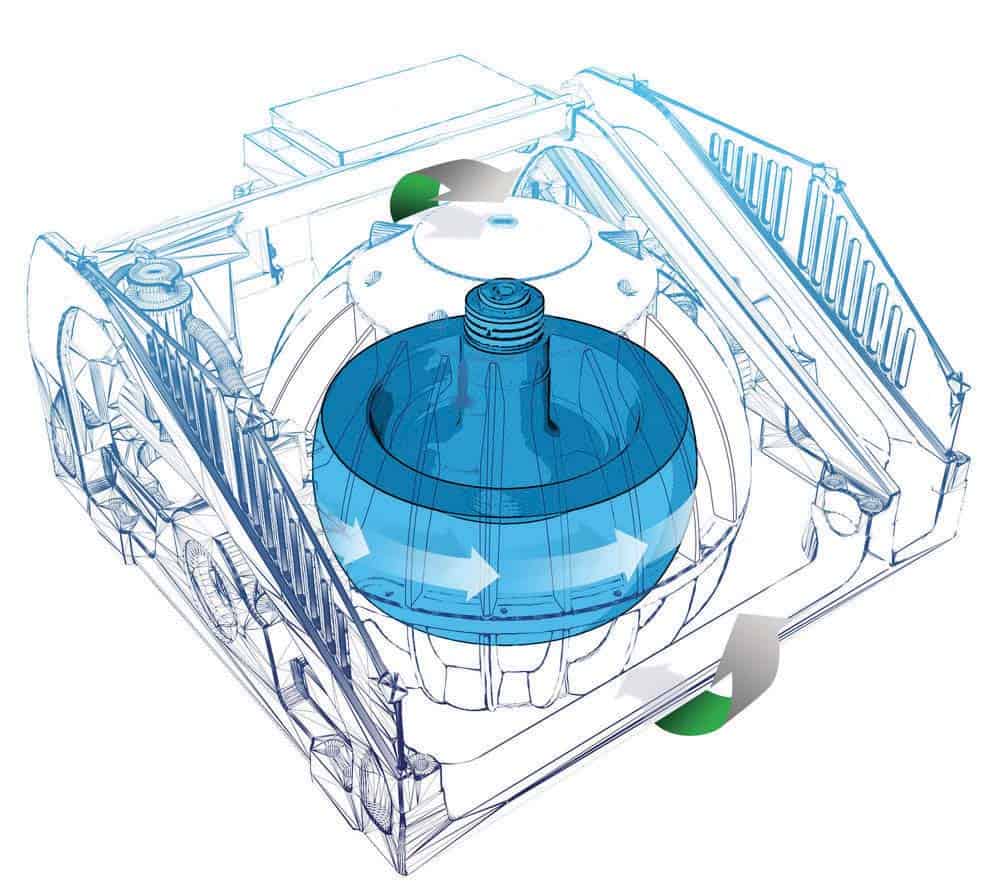
Gyroscopes have a lot of uses beyond entertainment. In particular, their ability to orient to Earth’s gravity has made them valuable in navigation applications from airplanes and rockets to the Hubble Space Telescope. In those cases, sensors attached to the gyroscopes’ spindles relay information about the movement of the vehicle around the devices. But could their ability to orient themselves have other applications? Could a gyroscopic device generate enough anti-roll torque to make even confirmed landlubbers comfortable afloat? Those were the questions that Chesapeake-born entrepreneur Shep McKenney and engineer John Adams began asking nearly twenty years ago.
McKenney, a lifelong boater and angler from Hampton Roads, had already blended his imagination and people sense in creating the innovative Hinckley picnic boat in the 1990s. He did so with the aim of making boating more approachable by eliminating sources of anxiety such as docking, running aground, and fouling crab pot lines. Hence the development of the first joystick to control low-speed maneuvers and jet drives to provide good performance with shallow draft. The broad acceptance of these two technologies in the intervening quarter-century is a good measure of his successful vision. Then he went after the queasiness and fatigue sometimes caused by boat motion in seas. In 2003, he and Adams embarked on a journey, which has produced another boating game-changer, the Seakeeper gyroscopic boat stabilizer.
Does it work? Yes, like magic.
Seakeeper is essentially a precision-machined, hemispherical steel flywheel that spins in a vacuum at 5,000 to 9,700 rpm, depending on the size of the unit. The seven models produce stabilizing torque powerful enough to hold 27- to 200-foot boats level regardless of the sea’s attempt to rock them. The smallest model, Seakeeper 2, generates as much as 3,870 foot-pounds of stabilizing torque. For comparison, the maximum torque a single 425-hp Cummins diesel exerts on its crankshaft is 1,050 foot-pounds.
The gyro requires 24 minutes to spool up to wave-damping rpms, 37 minutes to its maximum of 9,000 rpms. The flywheel spins on a vertical shaft mounted in a stout frame with pivots on either side that allow it to swing fore-and-aft through an arc of up to 70 degrees. A small computer-based internal measurement unit (IMU) attenuates the pitching motion with hydraulic brake arms that the IMU constantly adjusts to the boat speed. Seawater cools a circulating mixture of fresh water and glycol through a heat exchanger.
The gyro’s aluminum frame is fitted to the hull’s stringers, so it transmits the stabilizing force directly to the hull. The Seakeeper 2 weighs 414 pounds, or about two percent of the vessel’s displacement. The opposing forces of the waves and the gyro that the hull must withstand are substantial, so a carefully engineered installation is critical. Even so, the Seakeeper units are compact enough that 25 percent of them across the range of models are refits into existing hulls. Boat manufacturers are increasingly engineering their hulls to accept appropriate Seakeepers as options or standard equipment.
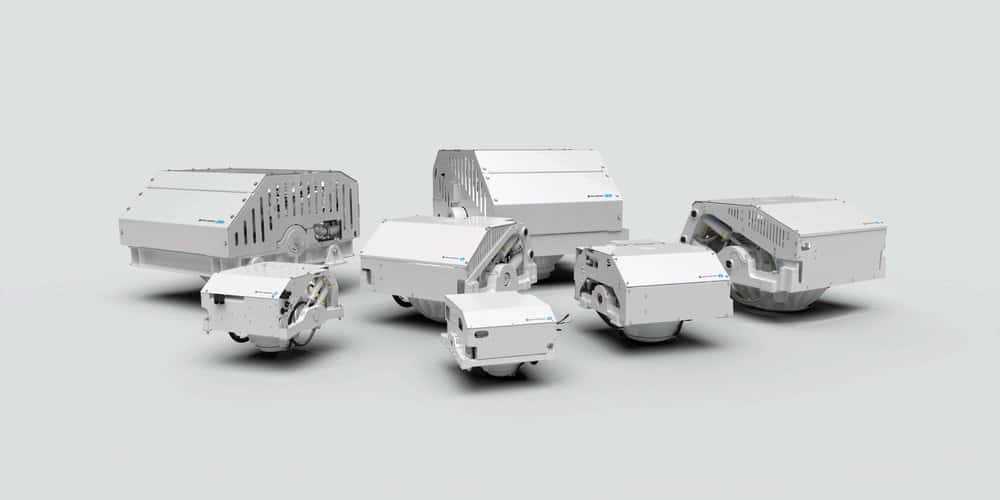
We’ve had opportunities to experience and test Seakeeper-equipped boats—a 32- and 35-foot Contender deep-V center console fishing boats with twin and triple outboard power respectively. Both designs are prone to rolling with narrow beams and 24.5 degrees of deadrise; and the Seakeepers worked their magic, as promised.
Seakeepers are remarkably quiet, even with the unit in the helm seat box rather than in the bilges as they would be on larger vessels. The 35-foot Contender was one of the first to get a Seakeeper 3, running on direct current from a bank of two heavy-duty batteries connected in parallel.
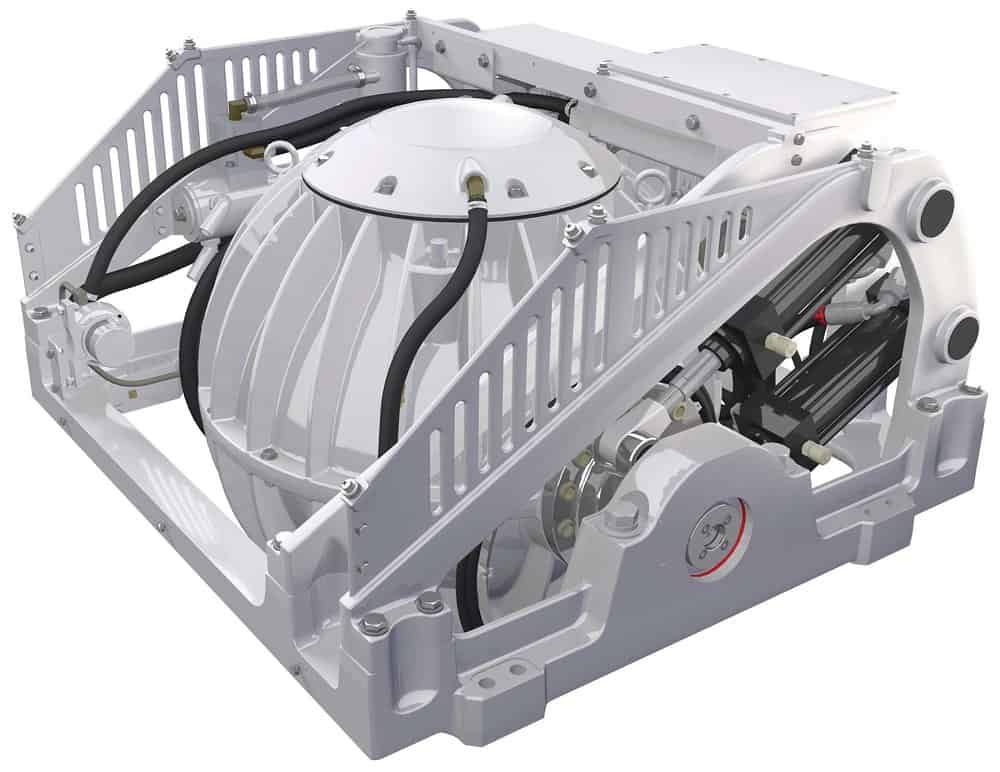
It was impressive to see the engineering refinement invested in this unit since the earlier model’s introduction, such as copper-nickel cooling lines for improved durability, refined bearings to reduce the draw of power to keep the flywheel spinning, and advanced programming in the IMU. Controls for this demo boat’s Seakeeper were integrated into its Garmin marine electronics display. Seakeepers can also be integrated with some Raymarine and Simrad systems.
Power for the gyros of the larger Seakeeper 6, 9, 16, 26, and 35 models, and the 7HD, 12HD, 20HD, and 30HD extended-use offshore models comes from their vessels’ generators. The Seakeeper 2 and 3 are engineered for direct current from 12-volt battery banks in boats as small as 27 feet.
Moving parts? Yes, every Seakeeper has some, but they are painstakingly engineered and robustly constructed with standard two-year warranties backed by a global service network of certified installation and service centers developed over the past fifteen years. These guys are serious. And they are based in California, Maryland on the lower Patuxent River.
Visit seakeeper.com for virtual and video experiences and wave-damping graphs from more than 150 sea trials on boats ranging from 32 to over 200 feet. Performance graphs are also downloadable on Seakeeper’s mobile app. Better yet, find a boat show where Seakeeper is offering rides on one of its demo boats. You’ll find yourself comfortably shaking your head in wonder with nothing spilling from your cup as the skipper lays the hull broadside to the waves.

